09 June 2023
Commercial sector confidence and outer space missions on the horizon - Space News Roundup
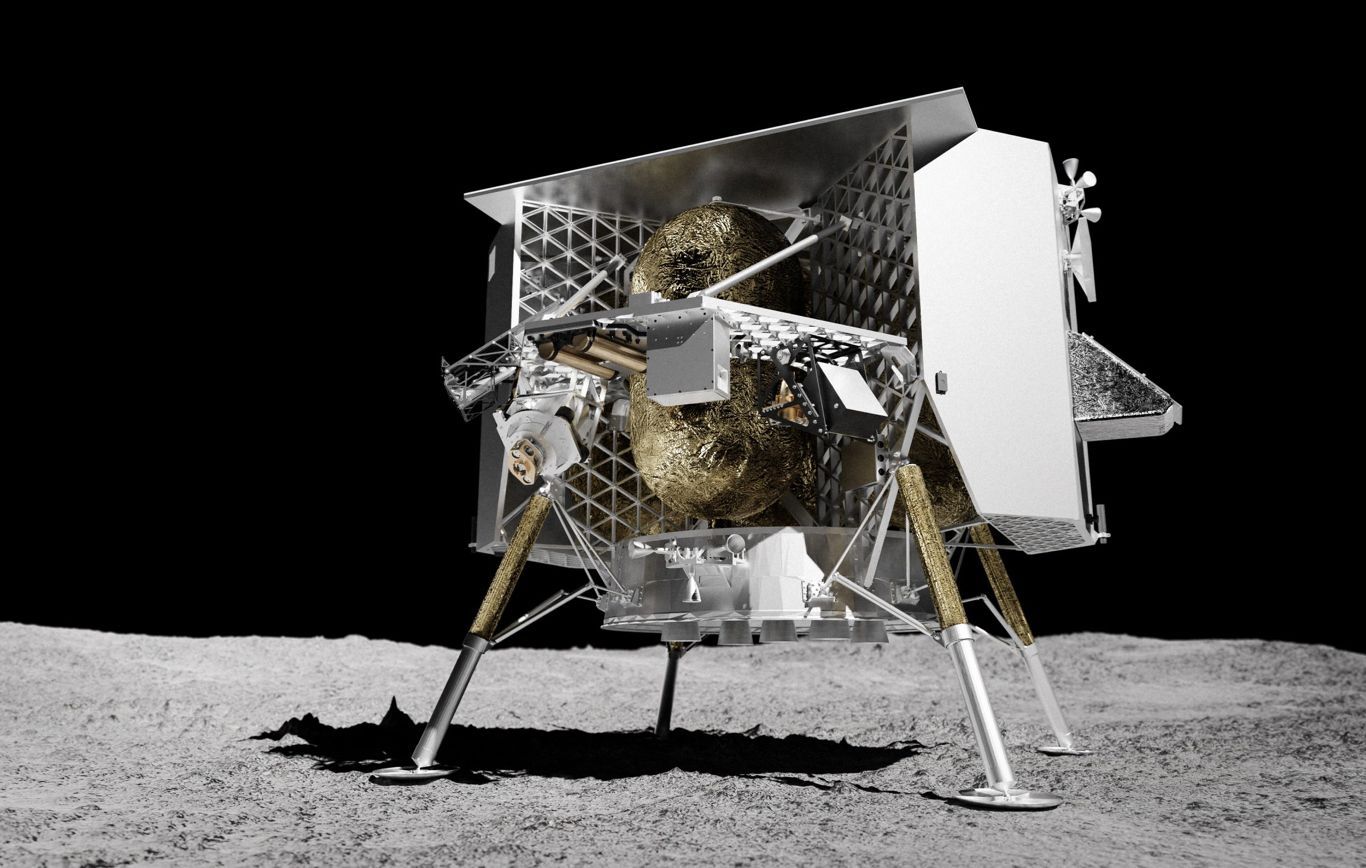
Astrobotic's Peregrine lander (Image: Astrobotic)
As we discussed in our previous article, governments and industry must face up to serious challenges and questions surrounding how they will build an inclusive and self-sustaining future for the New Space economy. Those challenges are becoming more pressing as we see an industry moving quickly forwards and excitement grows about what possibilities the space industry can offer in an otherwise trying time for world economies.
There has been a rebound in investment in the space sector, according to a report by Space Capital, after the lowest quarterly total this year, compared to 2015. However, as reported from Space News, speakers at the recent Financial Times “Investing In Space” event, speakers said there are signs that things might be changing, with a recovery predicted, albeit for maybe more selectively.
Furthermore, NASA have this week announced a total of 249 businesses and 39 research institutions that will receive funding under their Small Business Innovation Research (SBIR) and Small Business Technology Transfer (STTR) programs, designed to accelerate US space technology. SpaceX have previously received such funding and went on to become the world’s biggest space company.
This week we have seen yet more proof that the industry continues to accelerate, and now it is more important than ever that this success is realised and shared for the many.
Launch companies setting the new standard
The hallmark of the New Space is almost certainly the launch industry, increasingly dominated by the private sector. One household name of commercial spaceflight is set to make return soon, as Blue Origin this week announced that their New Shepard suborbital space vehicle could be ready to resume launches within a few weeks. The company had suffered some severe setbacks after a flight anomaly during a September launch last year.
Also, US-based Firefly Aerospace are set for a busy year as they now aim to launch a payload of cubesats for NASA this coming August, slipping slightly later from a previously planned July window. The company are also preparing for their “Victus Nox” mission this year, which will see them demonstrate responsive launch capabilities on behalf of the US Space Force, proving their ability to launch within 24 hours notice. This technology is what could give nations a strong upper hand in the increasingly confrontational domain of space. The company have also announced this week that they have acquired Spaceflight Inc, expanding their portfolio with satellite transportation technology, meaning that they can now offer an “end-to-end” space launch service. Spaceflight Inc. have developed thrown series of Orbital Transfer Vehicles (OTVs) they call “Sherpas”.
United Launch Alliance (US) had better news regarding their long awaited Vulcan this week, as they announced that they have carried out a static-fire test of the rocket. Vulcan is using Blue Origin’s BE-4 engines and will hopefully carry Astrobotic’s commercial “Peregrine” lunar lander later this summer. Depending on the launch schedule from competing lunar lander from Intuitive Machines, ULA and Astrobotic could be in the running to carry out the first successful commercial lunar lander mission, after the hard landing of iSpace’s mission earlier this year.
Private launch company looking to make serious steps towards validating interstellar travel is UK-based Pulsar Fusion. The startup are exploring the use of fusion technology to produce clean fusion propulsion, making deep space travel more accessible. This week the company announced a partnership with Princeton Satellite Systems in order to carry out a study to better understand how plasma behaves under electromagnetic heating when used as a propulsion system. Pulsar’s CEO said that "Humanity has a huge need for faster propulsion in our growing space economy, and fusion offers 1,000 times the power of the conventional ion thrusters currently used in orbit.” The company were also awarded funding last year from UK Space Agency in order to research into nuclear electric propulsion.
The ongoing confidence projected by launch startups is now being reflected in Europe’s desire for its own launch capabilities, as ESA recently invited European companies to “to submit proposals for commercial cargo transportation services to and from the International Space Station and future commercial low Earth orbit outposts.” European nations are perhaps witnessing the roaring success of commercial entities such as SpaceX, with Elon Musk saying this week that their Dragon 2 fleet has now spent more time in orbit than NASA’s space shuttle fleet.
A Chinese commercial launch company also set a new record this week, with CAS Space launching 26 satellites into orbit using its Lijian-1 rocket on Tuesday. The record overtakes the previous number of 22 satellites launched by China’s Long March 8 rocket series last year.
The value of the space industry is increasing and the launch market is proof of how that value is being provided by a growing private sector.

NASA's Psyche spacecraft (Image: NASA/JPL-Caltech/ASU)
Outer space missions on the horizon
Outer space exploration also remains to be a testament to the determination of the space industry as a whole. One flagship project of the year appears to be on course as this week an independent review concluded that NASA’s Psyche asteroid mission is on course for an October launch. The mission is planned to explore the metallic asteroid Psyche, reported to hold metals with a value of $10 quintillion, with scientific goals of the mission involving understanding “previously unexplored building blocks of a planet, such as iron cores.”
The Psyche mission may not be designed to extract or appropriate space resources, but may however provide valuable data on the makeup of such celestial bodies. However, a number of other projects are now emerging, which will aim to extract resources on the moon in the near future. Recently, the Canada-based Centre for Excellence in Mining Innovation (CEMI) hosted a webinar to “explain the opportunity and challenges in extracting resources on the moon”, according to Equipment Journal. Furthermore, CEMI Vice President of Business Development and Commercialisation said that “Mining and mineral resource exploration and taking advantage of resources on the moon is going to happen for sure in the very short term.” Exploitation of lunar resources may be another area where are starting to see acceleration.
GITAI USA has this week demonstrated robotic technology that could be key to the development of lunar extraction technologies, with a successful demonstration of their inchworm-type robotic arm using simulated lunar regolith. Their robotic rover is equipped with a tool-changing arm and the company shared a video of the demonstration, which can be seen here.
US companies Westinghouse Electric and Astrobotic have announced a cooperation to develop power solutions for the lunar surface, of course critical for the ongoing exploration and exploitation of the moon. The two are to work together to develop nuclear technology and a wireless power delivery systems on the lunar surface on behalf of NASA. Westinghouse is to develop a version of their 5-MWe eVinci micro-reactor, while Astrobotic will continue work on their LunaGrid, a system designed to distribute power via wireless chargers and cube-rovers.
Additionally, Japan’s space agency (JAXA) have this week unveiled their first lunar lander, named the Smart Lander for Investigating the Moon, or SLIM. The 200kg lander is designed to “test precise landing technology on the moon and study its rocks”, according to NHK. Data gathered by the mission will be supplied to the Artemis project and is die to launch in August this year.
One project facing setbacks however is Russia’s Luna-25 lunar lander mission, now delayed from July 13th to no earlier than August. The mission will be the follow-on from the Soviet Luna-24 mission in 1976.
Nonetheless, this week has proven again the speed at which the industry is accelerating and the opportunities that lie ahead. The difficulty now also lies in how this success is shared and that the value of New Space becomes not only for the few.
External Links
This Week
*News articles posted here are not property of ANASDA GmbH and belong to their respected owners. Postings here are external links only.
Our future in space
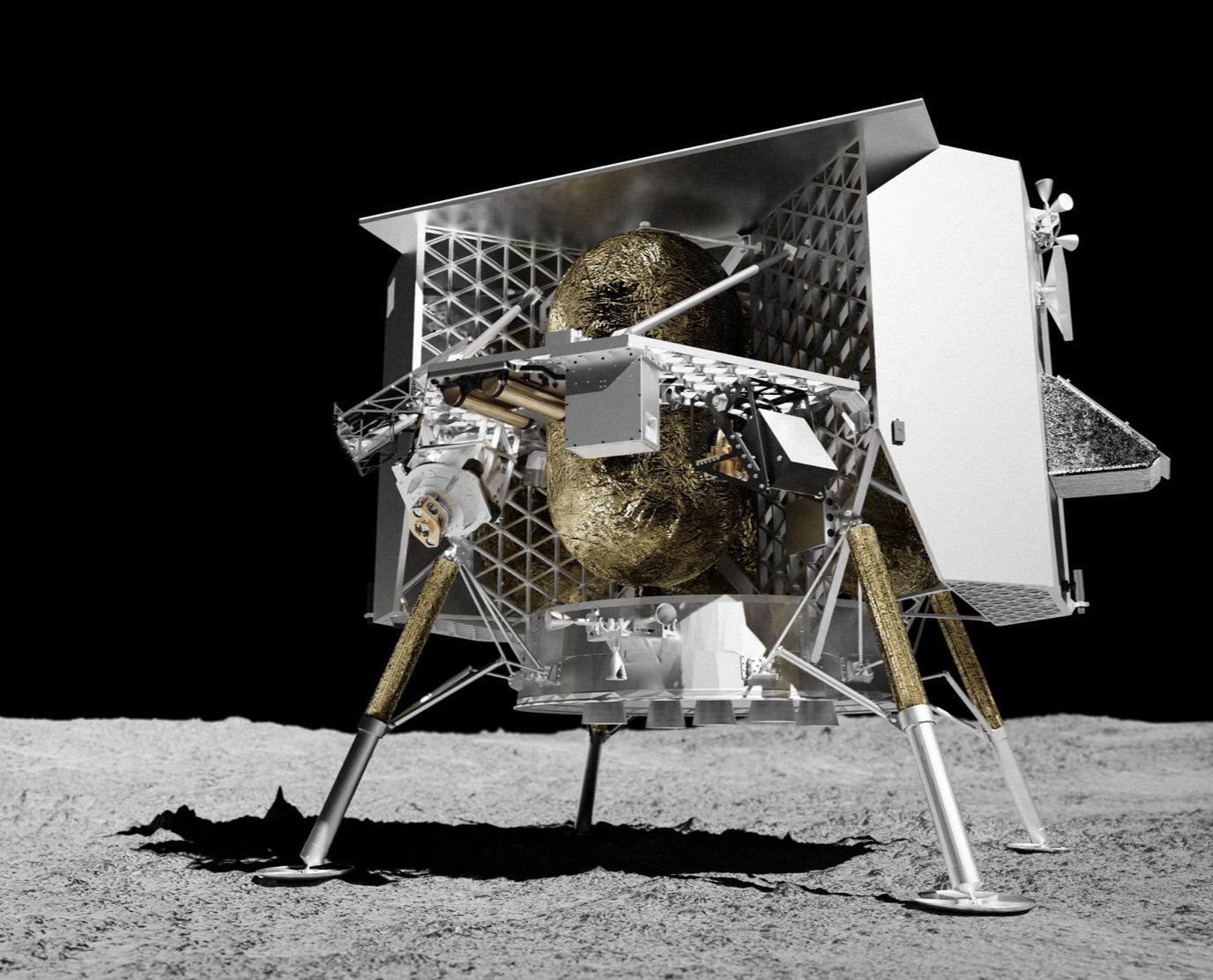
(Image: Adobe)
09 June 2023
Commercial sector confidence and outer space missions on the horizon - Space News Roundup
As we discussed in our previous article, governments and industry must face up to serious challenges and questions surrounding how they will build an inclusive and self-sustaining future for the New Space economy. Those challenges are becoming more pressing as we see an industry moving quickly forwards and excitement grows about what possibilities the space industry can offer in an otherwise trying time for world economies.
There has been a rebound in investment in the space sector, according to a report by Space Capital, after the lowest quarterly total this year, compared to 2015. However, as reported from Space News, speakers at the recent Financial Times “Investing In Space” event, speakers said there are signs that things might be changing, with a recovery predicted, albeit for maybe more selectively.
Furthermore, NASA have this week announced a total of 249 businesses and 39 research institutions that will receive funding under their Small Business Innovation Research (SBIR) and Small Business Technology Transfer (STTR) programs, designed to accelerate US space technology. SpaceX have previously received such funding and went on to become the world’s biggest space company.
This week we have seen yet more proof that the industry continues to accelerate, and now it is more important than ever that this success is realised and shared for the many.
Launch companies setting the new standard
The hallmark of the New Space is almost certainly the launch industry, increasingly dominated by the private sector. One household name of commercial spaceflight is set to make return soon, as Blue Origin this week announced that their New Shepard suborbital space vehicle could be ready to resume launches within a few weeks. The company had suffered some severe setbacks after a flight anomaly during a September launch last year.
Also, US-based Firefly Aerospace are set for a busy year as they now aim to launch a payload of cubesats for NASA this coming August, slipping slightly later from a previously planned July window. The company are also preparing for their “Victus Nox” mission this year, which will see them demonstrate responsive launch capabilities on behalf of the US Space Force, proving their ability to launch within 24 hours notice. This technology is what could give nations a strong upper hand in the increasingly confrontational domain of space. The company have also announced this week that they have acquired Spaceflight Inc, expanding their portfolio with satellite transportation technology, meaning that they can now offer an “end-to-end” space launch service. Spaceflight Inc. have developed thrown series of Orbital Transfer Vehicles (OTVs) they call “Sherpas”.
United Launch Alliance (US) had better news regarding their long awaited Vulcan this week, as they announced that they have carried out a static-fire test of the rocket. Vulcan is using Blue Origin’s BE-4 engines and will hopefully carry Astrobotic’s commercial “Peregrine” lunar lander later this summer. Depending on the launch schedule from competing lunar lander from Intuitive Machines, ULA and Astrobotic could be in the running to carry out the first successful commercial lunar lander mission, after the hard landing of iSpace’s mission earlier this year.
Private launch company looking to make serious steps towards validating interstellar travel is UK-based Pulsar Fusion. The startup are exploring the use of fusion technology to produce clean fusion propulsion, making deep space travel more accessible. This week the company announced a partnership with Princeton Satellite Systems in order to carry out a study to better understand how plasma behaves under electromagnetic heating when used as a propulsion system. Pulsar’s CEO said that "Humanity has a huge need for faster propulsion in our growing space economy, and fusion offers 1,000 times the power of the conventional ion thrusters currently used in orbit.” The company were also awarded funding last year from UK Space Agency in order to research into nuclear electric propulsion.
The ongoing confidence projected by launch startups is now being reflected in Europe’s desire for its own launch capabilities, as ESA recently invited European companies to “to submit proposals for commercial cargo transportation services to and from the International Space Station and future commercial low Earth orbit outposts.” European nations are perhaps witnessing the roaring success of commercial entities such as SpaceX, with Elon Musk saying this week that their Dragon 2 fleet has now spent more time in orbit than NASA’s space shuttle fleet.
A Chinese commercial launch company also set a new record this week, with CAS Space launching 26 satellites into orbit using its Lijian-1 rocket on Tuesday. The record overtakes the previous number of 22 satellites launched by China’s Long March 8 rocket series last year.
The value of the space industry is increasing and the launch market is proof of how that value is being provided by a growing private sector.
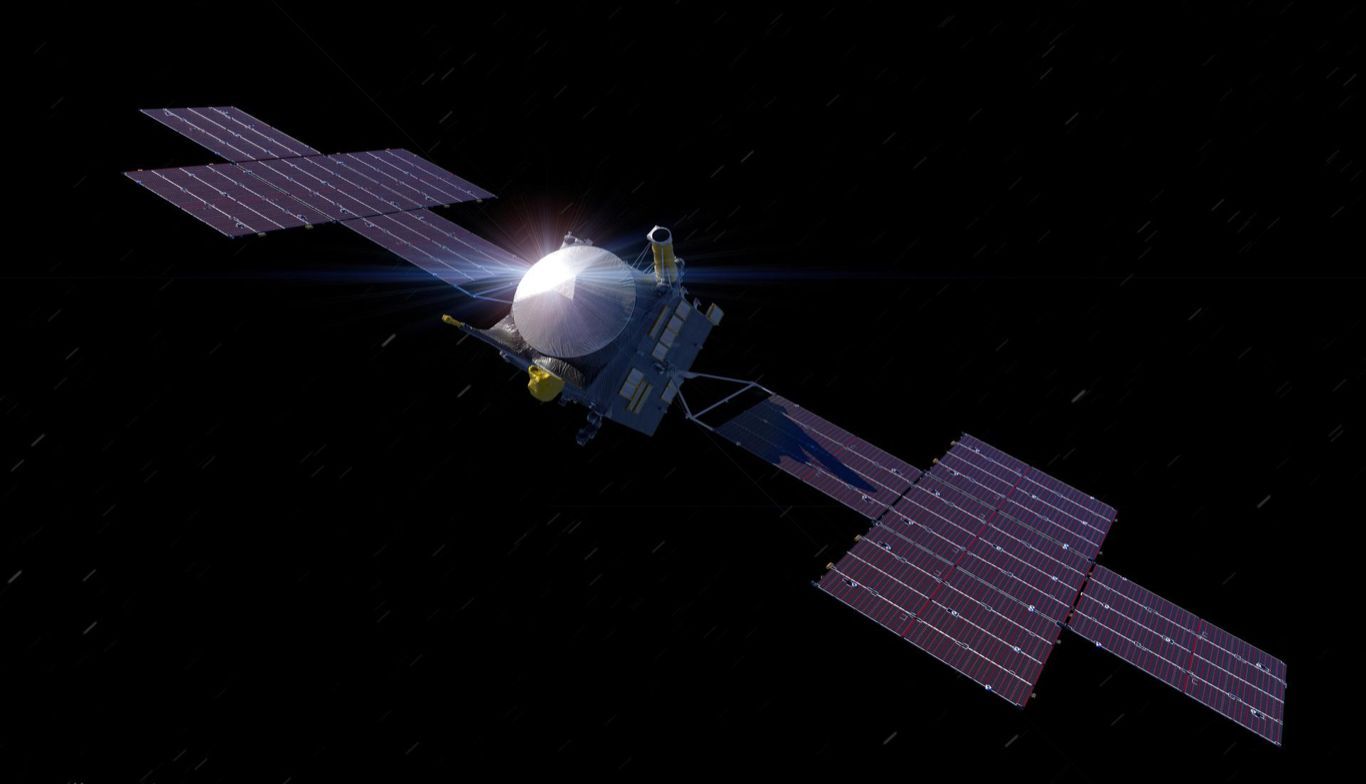
NASA's Psyche spacecraft (Image: NASA/JPL-Caltech/ASU)
Outer space missions on the horizon
Outer space exploration also remains to be a testament to the determination of the space industry as a whole. One flagship project of the year appears to be on course as this week an independent review concluded that NASA’s Psyche asteroid mission is on course for an October launch. The mission is planned to explore the metallic asteroid Psyche, reported to hold metals with a value of $10 quintillion, with scientific goals of the mission involving understanding “previously unexplored building blocks of a planet, such as iron cores.”
The Psyche mission may not be designed to extract or appropriate space resources, but may however provide valuable data on the makeup of such celestial bodies. However, a number of other projects are now emerging, which will aim to extract resources on the moon in the near future. Recently, the Canada-based Centre for Excellence in Mining Innovation (CEMI) hosted a webinar to “explain the opportunity and challenges in extracting resources on the moon”, according to Equipment Journal. Furthermore, CEMI Vice President of Business Development and Commercialisation said that “Mining and mineral resource exploration and taking advantage of resources on the moon is going to happen for sure in the very short term.” Exploitation of lunar resources may be another area where are starting to see acceleration.
GITAI USA has this week demonstrated robotic technology that could be key to the development of lunar extraction technologies, with a successful demonstration of their inchworm-type robotic arm using simulated lunar regolith. Their robotic rover is equipped with a tool-changing arm and the company shared a video of the demonstration, which can be seen here.
US companies Westinghouse Electric and Astrobotic have announced a cooperation to develop power solutions for the lunar surface, of course critical for the ongoing exploration and exploitation of the moon. The two are to work together to develop nuclear technology and a wireless power delivery systems on the lunar surface on behalf of NASA. Westinghouse is to develop a version of their 5-MWe eVinci micro-reactor, while Astrobotic will continue work on their LunaGrid, a system designed to distribute power via wireless chargers and cube-rovers.
Additionally, Japan’s space agency (JAXA) have this week unveiled their first lunar lander, named the Smart Lander for Investigating the Moon, or SLIM. The 200kg lander is designed to “test precise landing technology on the moon and study its rocks”, according to NHK. Data gathered by the mission will be supplied to the Artemis project and is die to launch in August this year.
One project facing setbacks however is Russia’s Luna-25 lunar lander mission, now delayed from July 13th to no earlier than August. The mission will be the follow-on from the Soviet Luna-24 mission in 1976.
Nonetheless, this week has proven again the speed at which the industry is accelerating and the opportunities that lie ahead. The difficulty now also lies in how this success is shared and that the value of New Space becomes not only for the few.
Share this article
External Links
This Week
*News articles posted here are not property of ANASDA GmbH and belong to their respected owners. Postings here are external links only.
09 June 2023
Commercial sector confidence and outer space missions on the horizon - Space News Roundup
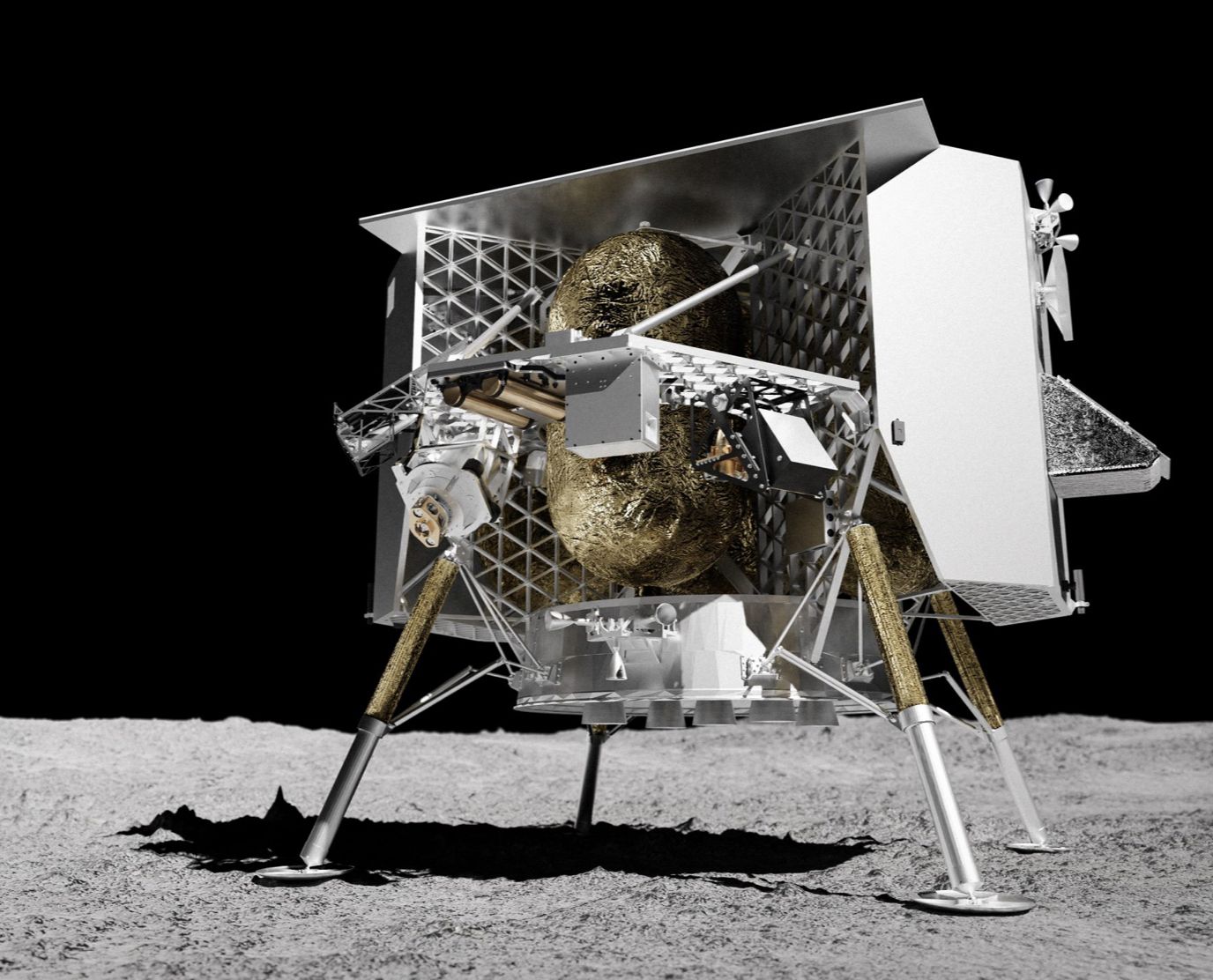
Astrobotic's Peregrine lander (Image: Astrobotic)
As we discussed in our previous article, governments and industry must face up to serious challenges and questions surrounding how they will build an inclusive and self-sustaining future for the New Space economy. Those challenges are becoming more pressing as we see an industry moving quickly forwards and excitement grows about what possibilities the space industry can offer in an otherwise trying time for world economies.
There has been a rebound in investment in the space sector, according to a report by Space Capital, after the lowest quarterly total this year, compared to 2015. However, as reported from Space News, speakers at the recent Financial Times “Investing In Space” event, speakers said there are signs that things might be changing, with a recovery predicted, albeit for maybe more selectively.
Furthermore, NASA have this week announced a total of 249 businesses and 39 research institutions that will receive funding under their Small Business Innovation Research (SBIR) and Small Business Technology Transfer (STTR) programs, designed to accelerate US space technology. SpaceX have previously received such funding and went on to become the world’s biggest space company.
This week we have seen yet more proof that the industry continues to accelerate, and now it is more important than ever that this success is realised and shared for the many.
Launch companies setting the new standard
The hallmark of the New Space is almost certainly the launch industry, increasingly dominated by the private sector. One household name of commercial spaceflight is set to make return soon, as Blue Origin this week announced that their New Shepard suborbital space vehicle could be ready to resume launches within a few weeks. The company had suffered some severe setbacks after a flight anomaly during a September launch last year.
Also, US-based Firefly Aerospace are set for a busy year as they now aim to launch a payload of cubesats for NASA this coming August, slipping slightly later from a previously planned July window. The company are also preparing for their “Victus Nox” mission this year, which will see them demonstrate responsive launch capabilities on behalf of the US Space Force, proving their ability to launch within 24 hours notice. This technology is what could give nations a strong upper hand in the increasingly confrontational domain of space. The company have also announced this week that they have acquired Spaceflight Inc, expanding their portfolio with satellite transportation technology, meaning that they can now offer an “end-to-end” space launch service. Spaceflight Inc. have developed thrown series of Orbital Transfer Vehicles (OTVs) they call “Sherpas”.
United Launch Alliance (US) had better news regarding their long awaited Vulcan this week, as they announced that they have carried out a static-fire test of the rocket. Vulcan is using Blue Origin’s BE-4 engines and will hopefully carry Astrobotic’s commercial “Peregrine” lunar lander later this summer. Depending on the launch schedule from competing lunar lander from Intuitive Machines, ULA and Astrobotic could be in the running to carry out the first successful commercial lunar lander mission, after the hard landing of iSpace’s mission earlier this year.
Private launch company looking to make serious steps towards validating interstellar travel is UK-based Pulsar Fusion. The startup are exploring the use of fusion technology to produce clean fusion propulsion, making deep space travel more accessible. This week the company announced a partnership with Princeton Satellite Systems in order to carry out a study to better understand how plasma behaves under electromagnetic heating when used as a propulsion system. Pulsar’s CEO said that "Humanity has a huge need for faster propulsion in our growing space economy, and fusion offers 1,000 times the power of the conventional ion thrusters currently used in orbit.” The company were also awarded funding last year from UK Space Agency in order to research into nuclear electric propulsion.
The ongoing confidence projected by launch startups is now being reflected in Europe’s desire for its own launch capabilities, as ESA recently invited European companies to “to submit proposals for commercial cargo transportation services to and from the International Space Station and future commercial low Earth orbit outposts.” European nations are perhaps witnessing the roaring success of commercial entities such as SpaceX, with Elon Musk saying this week that their Dragon 2 fleet has now spent more time in orbit than NASA’s space shuttle fleet.
A Chinese commercial launch company also set a new record this week, with CAS Space launching 26 satellites into orbit using its Lijian-1 rocket on Tuesday. The record overtakes the previous number of 22 satellites launched by China’s Long March 8 rocket series last year.
The value of the space industry is increasing and the launch market is proof of how that value is being provided by a growing private sector.
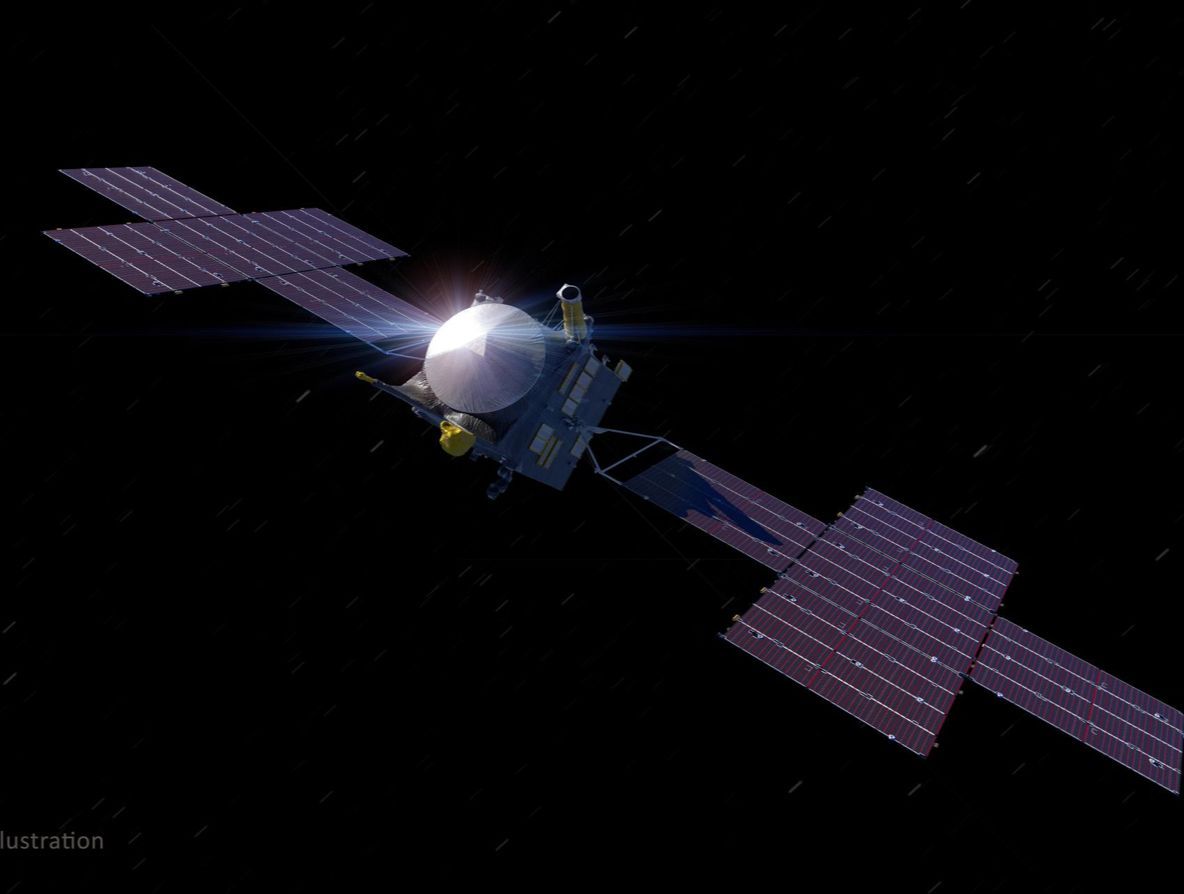
NASA's Psyche spacecraft (Image: NASA/JPL-Caltech/ASU)
Outer space missions on the horizon
Outer space exploration also remains to be a testament to the determination of the space industry as a whole. One flagship project of the year appears to be on course as this week an independent review concluded that NASA’s Psyche asteroid mission is on course for an October launch. The mission is planned to explore the metallic asteroid Psyche, reported to hold metals with a value of $10 quintillion, with scientific goals of the mission involving understanding “previously unexplored building blocks of a planet, such as iron cores.”
The Psyche mission may not be designed to extract or appropriate space resources, but may however provide valuable data on the makeup of such celestial bodies. However, a number of other projects are now emerging, which will aim to extract resources on the moon in the near future. Recently, the Canada-based Centre for Excellence in Mining Innovation (CEMI) hosted a webinar to “explain the opportunity and challenges in extracting resources on the moon”, according to Equipment Journal. Furthermore, CEMI Vice President of Business Development and Commercialisation said that “Mining and mineral resource exploration and taking advantage of resources on the moon is going to happen for sure in the very short term.” Exploitation of lunar resources may be another area where are starting to see acceleration.
GITAI USA has this week demonstrated robotic technology that could be key to the development of lunar extraction technologies, with a successful demonstration of their inchworm-type robotic arm using simulated lunar regolith. Their robotic rover is equipped with a tool-changing arm and the company shared a video of the demonstration, which can be seen here.
US companies Westinghouse Electric and Astrobotic have announced a cooperation to develop power solutions for the lunar surface, of course critical for the ongoing exploration and exploitation of the moon. The two are to work together to develop nuclear technology and a wireless power delivery systems on the lunar surface on behalf of NASA. Westinghouse is to develop a version of their 5-MWe eVinci micro-reactor, while Astrobotic will continue work on their LunaGrid, a system designed to distribute power via wireless chargers and cube-rovers.
Additionally, Japan’s space agency (JAXA) have this week unveiled their first lunar lander, named the Smart Lander for Investigating the Moon, or SLIM. The 200kg lander is designed to “test precise landing technology on the moon and study its rocks”, according to NHK. Data gathered by the mission will be supplied to the Artemis project and is die to launch in August this year.
One project facing setbacks however is Russia’s Luna-25 lunar lander mission, now delayed from July 13th to no earlier than August. The mission will be the follow-on from the Soviet Luna-24 mission in 1976.
Nonetheless, this week has proven again the speed at which the industry is accelerating and the opportunities that lie ahead. The difficulty now also lies in how this success is shared and that the value of New Space becomes not only for the few.
Share this article
External Links
This Week
*News articles posted here are not property of ANASDA GmbH and belong to their respected owners. Postings here are external links only.

















